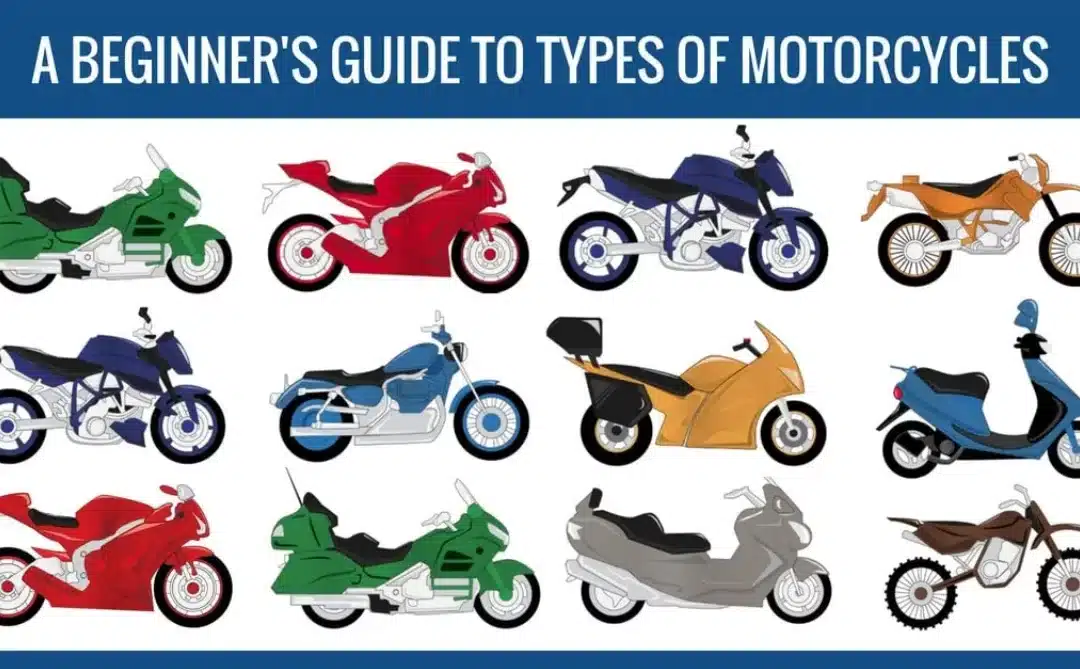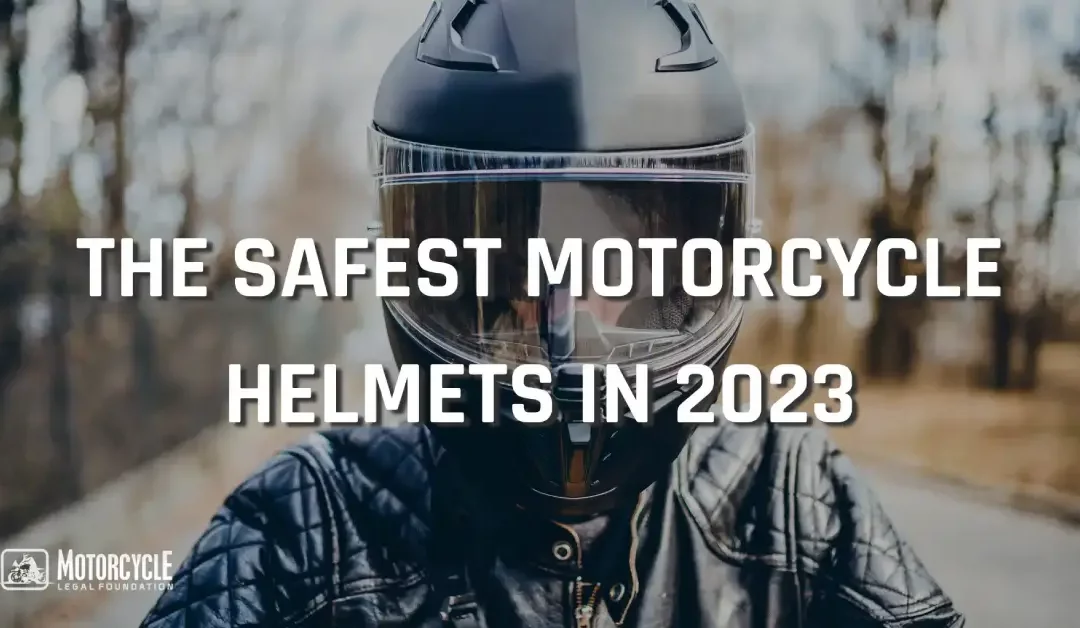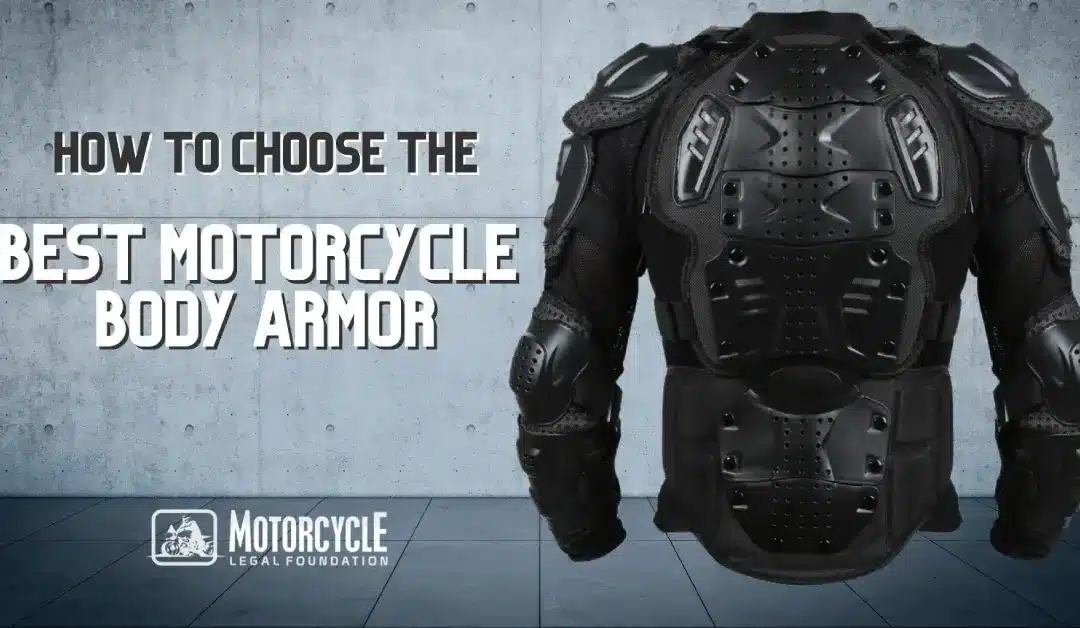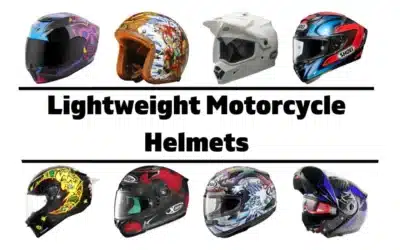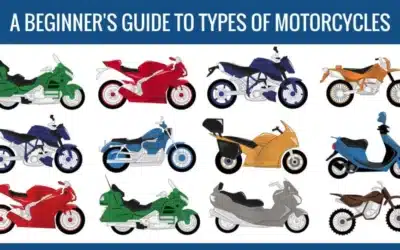Some may ask what motorcycling is all about. Merriam-Webster’s dictionary says it’s ‘the activity or sport of riding a motorcycle’. By that definition, it doesn’t sound very exciting. Motorcycling isn’t just about riding a two or three-wheeled cycle with an engine. It’s all about the ride itself.
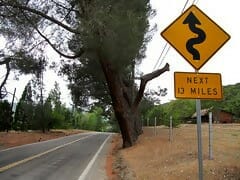
Now you want to maximize your cornering technique, don’t you? Finding the best source of information on how to properly corner can be a tricky one. Some want to teach too much to quickly get you to an advanced riding skill. Others can be too vague, and not offer enough of the basic mechanics to corner properly, and that in turn doesn’t help grasp the fundamentals. The act of cornering can be broken down into four main topics: slow, look, lean, and roll. Congrats on trying to find the best information available, and now let’s dig into the details of why cornering is so much fun!
How to Slow to Properly Enter the Corners
Learning to corner effectively is going to seem a little counter-intuitive in the beginning. In a car you simply slow with the brakes, turn the steering wheel, and accelerate as you leave the corner. Motorcycles are similar, but they have some intricacies that make them different.
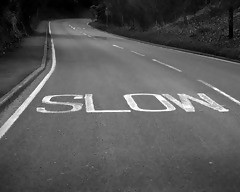
The posture you corner with will make as much of a difference as the speed you enter and exit with. Approaching the corner entry is when you will want to adjust your body position. If you plan to corner to the left, you’ll move your body to the left. The same goes for a corner to the right. Learning to brake while adjusting your body position will take some time to master, so learn at your own pace as you need to. You may find it easier to adjust your position initially, and then adjust your speed. Separate the two initially, then blend the two as you become a better rider.
The correct position will be one that will keep your elbows in and chin up. Elbows should be kept near your body, which will help stabilize your steering and keep you smooth. You should have your body shifted to the side of the motorcycle that will be on the inside of the turn, and you may find it more comfortable to slide slightly away from the gas tank for extra leg movement. Your outside leg will ride against the gas tank using it as an anchor point to hold onto for balancing your body lean. Your foot position will probably be most comfortable with the balls of your feet at the edge of the foot pegs. Always keep your torso in line with your hips and core and lean your whole body through the turn.
Where Do I Look?
Judging approaching corners is going to take some skill that will come over time. Road surface, angle, and speed are all elements that you’ll need to judge and understand to make it through a corner without issue. If we focus on how to judge, it’s going to be based on vision and where you look in the corner.
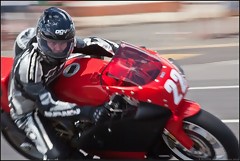
Positioning in the lane can also affect how well you take the corner. You will want to start into the corner as far outside as possible. If you’re on a two-lane road, with traffic going in the opposite direction, you’ll want to stay close to the outside painted lane edge as possible. Just remember to keep yourself safe as oncoming traffic may position on the inside of the corner coming closer than you expect. When you look through the corner, you will see that the inside edge and outside of the road intersect, and that point of intersection is called the vanishing point. As you progress through the corner further, the point should change and eventually open up as you reach the midpoint of the corner.
The more you ride, the better you will learn to corner. There will come a time when you misjudge the corner and enter at a speed higher than you needed to. The corner may change camber, have a sharper radius than judged, or something just isn’t as you expected. There’s no need to panic in that situation. You can still slightly adjust your speed by using the rear brake gradually. In the corner, your front tire will be used to keep your path and use the full traction available. The rear tire can be used for a little braking without losing traction. Secondly, you can also use your outside knee to push into the motorcycle gas tank and lean the motorcycle further into the corner. The combination of pushing with your knee and slightly braking with the rear brake can slow and lean more to make it safely through the corner.
The roadway you ride will usually have a little camber to it, meaning one side of the road will be higher than another. A road with a negative camber with have the center higher than the edges. Many of the urban streets will have negative camber which helps the roadway shed water and drain to the edges. A road with a positive camber on the roadway will have the edges higher than the center. One difficulty this may bring is that dirt and water will flow to the center of the road and pool, which can make it slick for a motorcyclist.
How Much Lean is Enough?
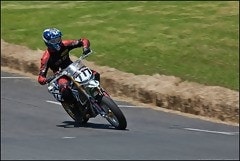
- Speed (or entry speed) – Your speed will help determine how much lean you need to navigate through the corner. More speed entering the turn will dictate that you will need to lean the motorcycle more to keep a consistent path all the way through the turn.
- Corner radius – A sharper corner will need a slower speed to safely navigate through the corner unless you plan to extremely lean the motorcycle. It’s best to adjust your speed to a slower pace before entering a sharp corner, rather than leaning excessively because of too much speed.
- Available traction – Traction is going to be defined by the road surface and tire contact patch. A road with dirt, water, or gravel may have less traction available than a clean road. Also leaning the motorcycle over past a certain point can also decrease the amount of tire touching the road and reduce the traction available.
- Your skill level – One of the last major items that affect your ability to lean will be your skills. As you start to ride, leaning over may be difficult and make you uncomfortable. As you gain experience, your ability to lean through corners should also increase, and you will find your comfort level will increase as well.
The key to proper entry speed is adjusting with your brakes prior to the corner, and getting your body position settled before you enter the corner.
How Does the Motorcycle Lean?
We mentioned early on that in a car you steer with a steering wheel. On a motorcycle, you do and don’t steer in a similar fashion depending on your current speed. Riding at a speed under about 12 miles per hour, you’re going slow enough to steer with the handle bars on a motorcycle. Around 12 miles per hour, your speed and handling change because of the gyroscopic effect of the motorcycle’s front wheel. At that point, you will be pushing on your handle bars to LEAN the motorcycle, and that motion is called ‘countersteering’.
Countersteering is needed to lean the motorcycle as you have momentum going in a straight line until you alter your path. Turning the handle bars to the left, will make the motorcycle unbalanced on the right side (think of it like taking on leg of a chair out), which will make the motorcycle naturally want to lean or fall to the right. Similarly doing the same motion in the opposite direction will cause the opposite side to lean. Pushing the handlebar is similar to pulling or turning the opposite handlebar, so pushing the left or pulling the right will have the same effect on the motorcycle direction.
Roll Baby Roll, Go Go Go!
Now that you’ve sorted your entry speed and perfect gear, adjusted your body position, and leaned your motorcycle, you’re starting to progress through the corner. At this point, you’re finding the balance needed for a smooth arc through the corner. As you ride through the corner, you’re looking farther through the corner to the exit and then eventually down the road to where you’re riding to next.
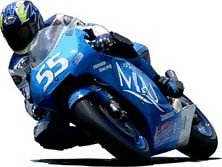
So what happens if your speed needs to change mid-corner? As mentioned in leaning, you can roll on the throttle if you need reduce your lean or slightly use the rear brake to increase your lean and also reduce your speed. Typically if you find that you’re traveling too slowly in the corner, your path will be toward the inside of the corner. You should speed up by slightly rolling on the throttle to adjust your corner. Now, the opposite is true if you’re too wide in the corner. You’d add more lean and/or use the rear brake to slightly reduce your speed and adjust your path more to the inside of the corner. Just remember that any speed and leaning adjustment made should be minimal, especially with throttle or brakes. The goal in cornering is to stay smooth and balanced at all times.
Motorcycling is all about the ride, and hopefully you find cornering to be one of the best parts of that ride. The key to cornering is simple if you remember the four steps: slow, look, lean, and roll. Stay smooth, and stay safe out there!

